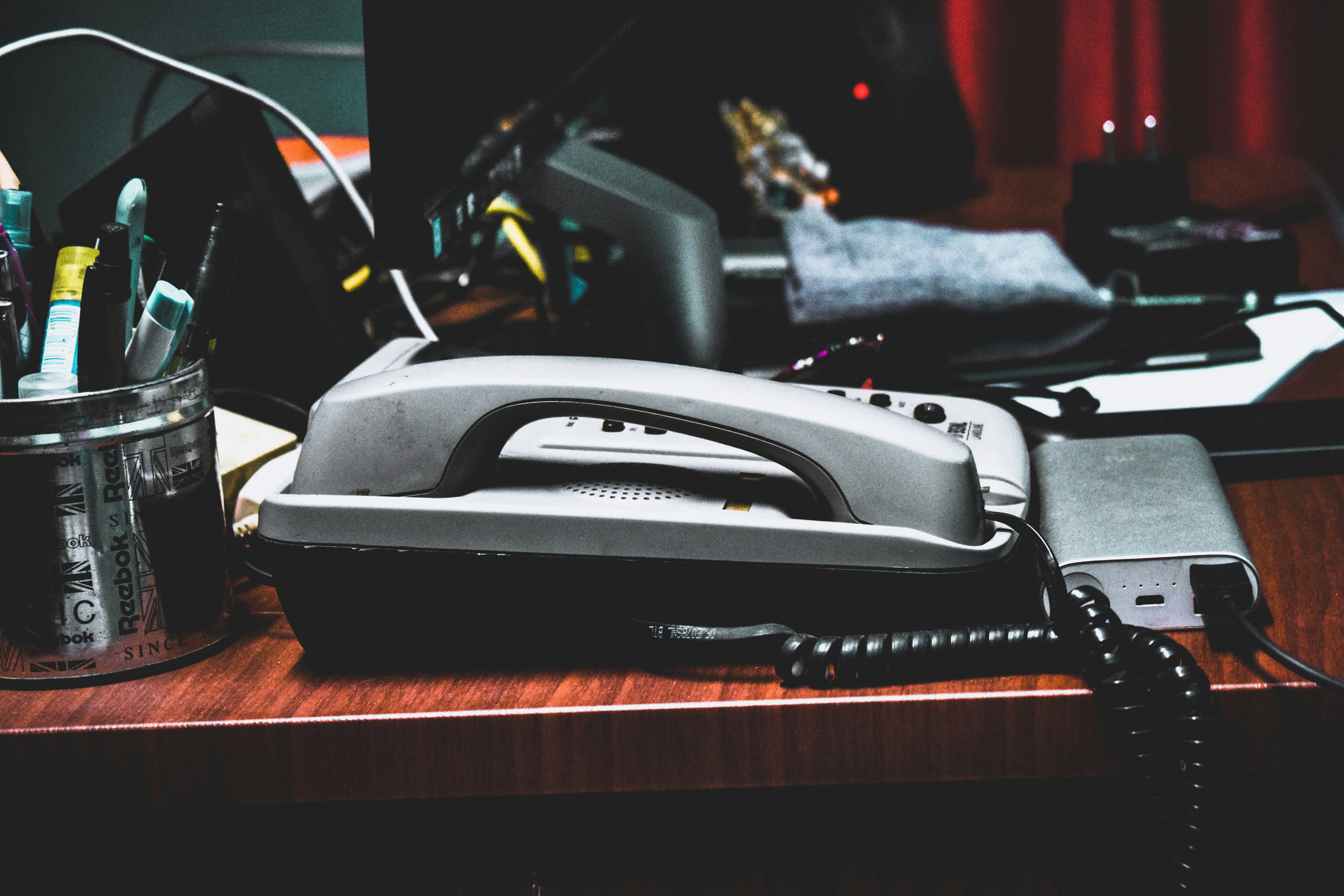In today’s digital age, understanding your IP address is crucial for various reasons, such as troubleshooting network issues, setting up remote access, or simply satisfying your curiosity. An IP address is a unique identifier assigned to each device connected to a network, allowing communication between devices and the internet. This article will explore what an IP address is and how to find it on different devices and operating systems.
Buy Airtel Wi-Fi with exciting benefits!
We’ll cover the basics of IP addresses, the different types, and their importance. You’ll also learn how to find your IP address on Windows, macOS, iOS, and Android devices, as well as how to change your IP address if needed. By the end of this guide, you’ll have a solid understanding of IP addresses and how to manage them effectively.
Understanding IP Addresses
An IP (Internet Protocol) address is a unique numerical label assigned to each device participating in a computer network. It serves two main functions: providing the network location of the host and identifying the host or network interface.
There are two main types of IP addresses:
-
IPv4 (Internet Protocol version 4): The original design of the internet protocol address, which uses 32-bit addresses. Due to the limited number of IPv4 addresses, a newer version called IPv6 was introduced.
-
IPv6 (Internet Protocol version 6): The updated version of the internet protocol, which uses 128-bit addresses to accommodate the massive growth of the internet and prevent IPv4 address exhaustion.
Finding Your IP Address on Windows
To find your IP address on a Windows device, follow these steps:
-
Open the Command Prompt: Press the Windows key + R to open the Run dialog box. Type “cmd” and press Enter to launch the Command Prompt.
-
Type ipconfig: In the Command Prompt window, type “ipconfig” and press Enter. This will display information about your network connections, including your IP address.
-
Locate your IP address: Look for the “IPv4 Address” or “IPv6 Address” under the appropriate network adapter (e.g., Ethernet adapter or Wireless LAN adapter). This is your internal IP address.
-
Find your public IP address: To check your IP address that is visible to the internet, you can use an online tool like WhatIsMyIPAddress.com or simply search “What is my IP address” on Google. The website will automatically detect and display your public IP address.
Finding Your IP Address on macOS
To discover your IP address on a macOS device:
-
Open System Preferences: Click on the Apple logo in the top-left corner of your screen and select “System Preferences.”
-
Select Network: In the System Preferences window, click on the “Network” icon.
-
Choose your connection type: Select the type of network connection you are using (e.g., Wi-Fi or Ethernet) from the left panel.
-
Find your IP address: Your IP address will be displayed under the “Status” section. If you don’t see it, click on the “Advanced” button and then select the “TCP/IP” tab. Your IP address will be listed next to “IPv4 Address” or “IPv6 Address.”
Finding Your IP Address on iOS/iPadOS
To find your IP address on an iOS or iPadOS device:
-
Open Settings: Tap on the Settings app on your iOS or iPadOS device.
-
Select Wi-Fi: Tap on “Wi-Fi” in the Settings menu.
-
Select your network: Tap on the “i” icon next to the Wi-Fi network you are currently connected to.
-
Find your IP address: Your IP address will be displayed under the “IP Address” section.
Finding Your IP Address on Android
To find your IP address on an Android device:
-
Open Settings: Tap on the Settings app on your Android device.
-
Select Wi-Fi: Tap on “Wi-Fi” in the Settings menu.
-
Long-press your network: Long-press on the Wi-Fi network you are currently connected to.
-
Select “Modify network”: Tap on “Modify network” in the pop-up menu.
-
Select “Show advanced options”: Scroll down and tap on “Show advanced options.”
-
Find your IP address: Your IP address will be displayed under the “IP address” field.
Understanding Public and Private IP Addresses
There are two types of IP addresses:
-
Private IP addresses: These addresses are used within a local network and are not directly accessible from the internet. Private IP addresses range from 10.0.0.0 to 10.255.255.255, 172.16.0.0 to 172.31.255.255, and 192.168.0.0 to 192.168.255.255.
-
Public IP addresses: These addresses are used to identify devices on the internet and are assigned by your internet service provider (ISP). Your public IP address is the address that other devices on the internet see when communicating with your device.
Importance of Knowing Your IP Address
Knowing your IP address can be useful in various situations, such as:
-
Troubleshooting network issues: If you are experiencing connectivity problems, your IP address can help you identify the source of the issue and communicate it to your network administrator or ISP.
-
Setting up remote access: If you need to access your device remotely, you will need to know its IP address to establish a connection.
-
Configuring network settings: Certain network settings, such as port forwarding or static IP addresses, require you to know your device’s IP address.
-
Identifying your location: While not always accurate, your IP address can provide a general idea of your geographic location based on the location of your ISP’s servers.
Changing Your IP Address
There are several reasons why you might want to change your IP address, such as:
-
Accessing geo-restricted content: Some websites and services may be restricted based on your geographic location, which is determined by your IP address. Changing your IP address can help you bypass these restrictions.
-
Enhancing privacy: Your IP address can reveal information about your location and online activities. Changing your IP address can help protect your privacy and anonymity online.
-
Avoiding IP bans: If your IP address has been banned from a website or service, changing it can help you regain access.
To change your IP address, you can:
-
Use a VPN (Virtual Private Network): A VPN encrypts your internet connection and routes it through a remote server, effectively changing your IP address to that of the VPN server.
-
Use a proxy server: A proxy server acts as an intermediary between your device and the internet, masking your IP address with its own.
-
Contact your ISP: If you have a dynamic IP address, you can request your ISP to assign you a new one. Alternatively, you can ask for a static IP address, which remains constant.
-
Reset your router: Resetting your router can sometimes force it to assign a new IP address to your device.
Conclusion
Understanding your IP address is crucial in today’s digital world. By following the steps outlined in this IP address guide, you can easily discover your IP address on various devices and operating systems. Whether you need to troubleshoot network issues, set up remote access, or simply satisfy your curiosity, knowing your IP address can be a valuable tool.
Remember that while your IP address can reveal information about your location and internet service provider, it is not enough to directly identify you as an individual. However, if you’re concerned about online privacy and security, consider using a VPN or proxy server to mask your IP address.
For reliable and high-speed internet access, consider Airtel Broadband, which offers a range of plans to suit your needs. With Airtel Broadband, you can enjoy seamless connectivity and advanced features like Wi-Fi calling, making it easier to manage your online presence and IP address.


 Get App
Get App  Airtel Store
Airtel Store  Login
Login 


